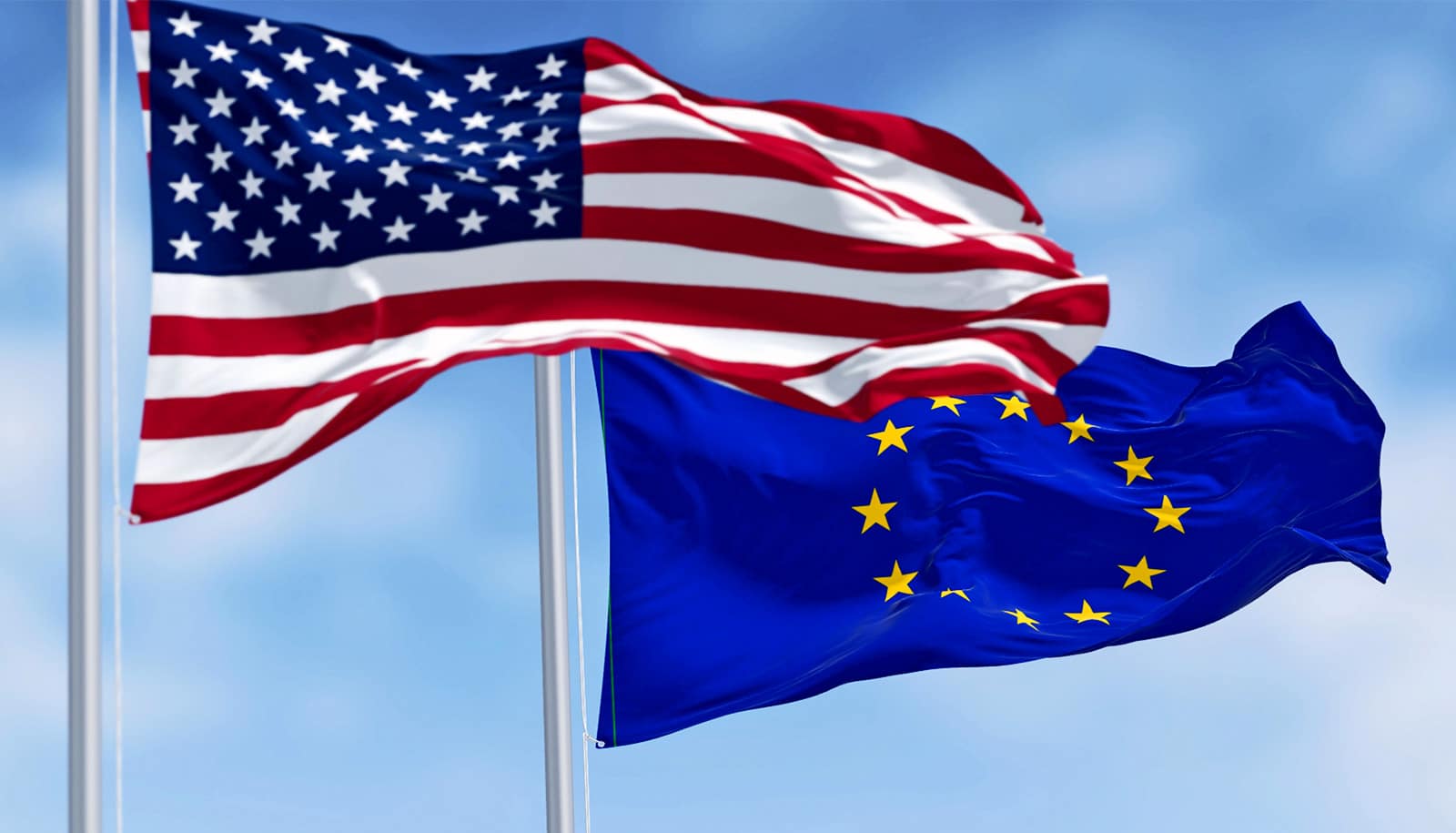Dr. Bengt Samuelsson, a biochemist who shared the 1982 Nobel Prize in medicine for helping define the biological activities of potent hormone-like molecules in the body called prostaglandins, and whose breakthrough discoveries led to drugs that treat inflammation, glaucoma and allergies, died on July 5 at his home in Molle, on the west coast of Sweden. He was 90.
His daughter Astrid Samuelsson Norhammar said the cause was heart disease.
Dr. Samuelsson discovered multiple lipid mediators, or molecules, that include prostaglandins and several related subtypes of the substances — all of which play critical roles in the body’s organs and tissues. Some cause uterine contractions, regulate blood pressure and body temperature, and trigger inflammation; others are important in blood clotting, asthma, allergies, kidney stones and gallstones.
Dr. Samuelsson began his research into prostaglandins and related molecules in the early 1960s at the Karolinska Institute, a renowned medical university in Stockholm. But the field itself had begun decades earlier, in the 1930s, also at the institute.
Dr. Ulf von Euler was the first to discover biologically active lipid molecules in semen, which he named prostaglandins based on his assumption that the molecules were unique to the prostate gland. He won a Nobel Prize in 1970.
Dr. Samuelsson would later prove that dozens of these molecules exist, and that they play important roles in health, disease and injuries.
The rigor, creativity and curiosity that Dr. Samuelsson brought to his research made him a role model for generations of scientists.
“Very few scientists can open up a whole new field of knowledge. But that is what Bengt Samuelsson did,” Dr. Goran Hansson, a professor of experimental cardiovascular research at the Karolinska Institute who also serves as secretary of the Nobel committee for physiology and medicine, said in a statement.
Dr. Samuelsson shared the 1982 Nobel Prize in Physiology or Medicine with Dr. Sune Bergstrom, also of the Karolinska Institute, and Dr. John R. Vane, a British pharmacologist, of the Wellcome Research Foundation in London. Each was honored by the Nobel committee for different aspects of prostaglandin research.
Dr. Samuelsson was recognized for his in-depth analysis of arachidonic acid, the fatty acid required for prostaglandin production; for defining how the body processes prostaglandins; and for discovering several prostaglandin subtypes.
Dr. Bergstrom, who was Dr. Samuelsson’s mentor and introduced him to prostaglandin research, was credited for purifying multiple prostaglandins and defining their chemical structures.
Dr. Vane was recognized for proving that aspirin blocks prostaglandin activity. His discovery helped explain why aspirin, an over-the-counter drug, inhibits pain and fever: It suppresses the prostaglandins that cause those two symptoms.
Dr. Bergstrom and Dr. Vane both died in 2004.
“During the 1980s and 1990s, he and his associates managed to bring the whole research field from early physiological observations into the molecular era with gene cloning and advanced protein and enzyme biochemistry,” said Dr. Jesper Z. Haeggstrom, head of the Karolinska Institute’s department of medical biochemistry and biophysics, who was the last doctoral student to be mentored by Dr. Samuelsson.
These technological advances helped Dr. Samuelsson and his team better define the totality of prostaglandins and related molecules in the body. He discovered the signaling molecules known as leukotrienes, derived from leukocytes, which are critical in cell-to-cell communication.
“He mapped an entire biochemical continent of signaling molecules in the human body, and found that they are of great importance in the blood circulation, the respiratory system, the genitals, the immune system, the nervous system and almost the entire body,” Dr. Hansson of the Karolinska Institute said.
In a statement, Dr. Annika Ostman Wernerson, president of the institute, noted that Dr. Samuelsson “made significant contributions to the field of research he founded.”
Bengt Ingemar Samuelsson was born on May 21, 1934, in Halmstad, Sweden, the youngest of three children (and the only son) of Anders and Kristina (Nilsson) Samuelsson. His father was a merchant in Halmstad, and his mother managed the home.
He attended public school in Halmstad before enrolling in the University of Lund to study medicine, according to his Nobel biographical statement. While there, he met two people who would change his future: Karin Bergstein, who became his wife in 1958; and Dr. Bergstrom, who taught at Lund before landing a faculty position at the Karolinska Institute, and who persuaded Dr. Samuelsson to further his education there.
Dr. Samuelsson received a Ph.D. in biochemistry from the institute in 1960 and a medical degree in 1961.
He became a professor there in 1973 and later rose to the rank of medical faculty dean before serving as president of the institute from 1982 to 1995. He was also chairman of the Nobel Foundation from 1993 to 2005.
Along with his daughter Astrid, Dr. Samuelsson’s survivors include his wife, a physician; his son, Bo Samuelsson; five grandchildren; and two great-grandchildren. Another daughter, Elisabet Samuelsson, died in 1996.
In 2019, when he delivered remarks at the annual Prix Galien USA awards ceremony in Manhattan, honoring advances in the biopharmaceutical industry, Dr. Samuelsson spoke about basic scientific research, the key to drug development.
He discussed how basic science underlies the bench-to-bedside medication pipeline, the translation of theory to therapeutics. “It is important to say that without basic research there is no translational research and no clinical development,” he said.
Dr. Samuelsson, Dr. Haeggstrom said, “demonstrated the immense importance of curiosity-driven basic research.” He added, “I am happy and proud to be part of Bengt Samuelsson’s extraordinary and exciting scientific journey.”




















Discussion about this post